
Northwest Passage Landing Sites
Exploring the Arctic on board an expedition vessel is a fully immersive and educational experience of which the daily landings are a key component. From the thrill of encountering …
Discover MoreSpecial Offers Available: Swoop has access to the widest range of offers and can help you find the right trip, cabin, & price.
Expert impartial advice at no extra cost: no-nonsense advice on 500 voyages across 25 ships
The Arctic Experts. No Compromises: there’s no question we can’t answer
The only B Corp certified Arctic specialist: so your adventures can be a force for good
A full concierge service, unlike booking direct: we leave nothing to chance in delivering your perfect trip

For the explorer, there are few places evocative as the Northwest Passage. For centuries men sought a way through the ice; even today passage is not guaranteed. This is a true expedition not only steeped in history, both ancient and modern, but also with abundant wildlife and a rich seam of First Nation culture.
Special Offers:Swoop has access to the widest range of offers and can help you find the right trip, cabin, & price.
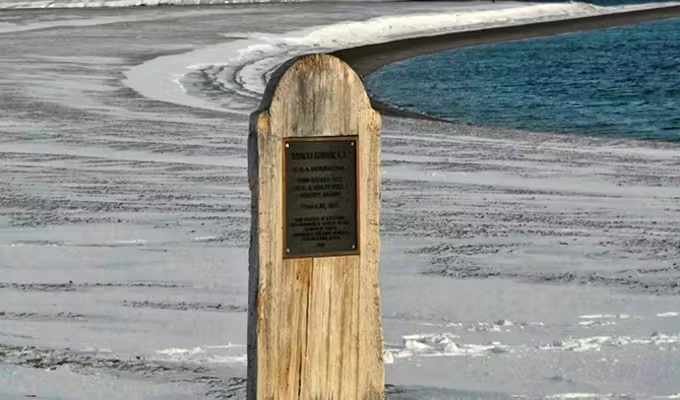
The big ice and small towns of West Greenland provide a stunning start to this trip before you sail across the Davis Straight to Baffin Island and enter the Northwest Passage. Blend history, scenery and wildlife; pay your respects at…
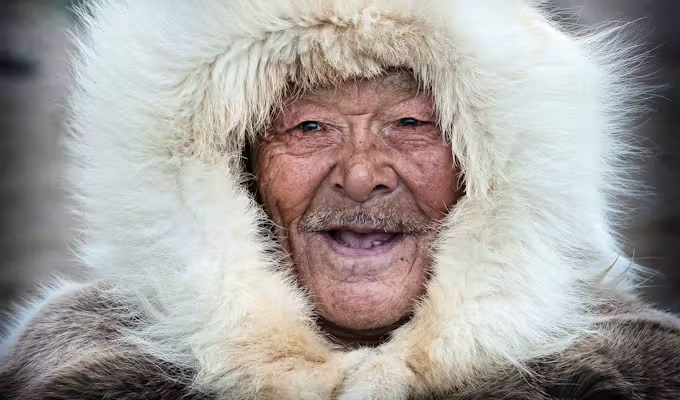
Traversing west to east this voyage takes you to iconic sites such as Cambridge Bay, Lancaster and Smith Sounds and Ellesmere Island, before exploring the fjords and towns of West Greenland. Bears, narwhal, musk ox, beluga and northern lights are…
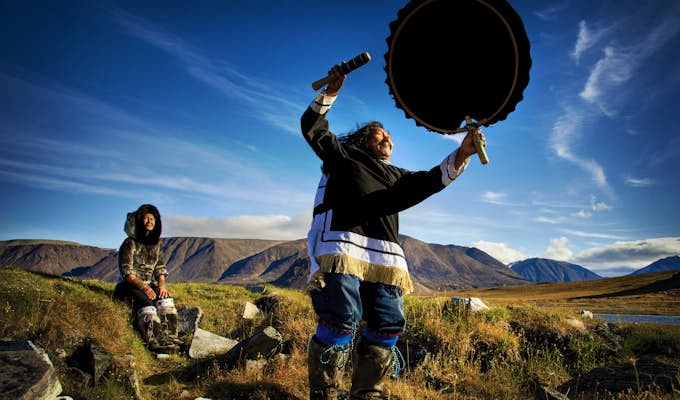
Visits to Canadian and Greenlandic communities Inuit history and culture are at the core of this journey, among those stops both Kinngait, the centre of Inuit Art and Nuuk, Greenland's capital are included. There's plenty of wildlife opportunities too with…
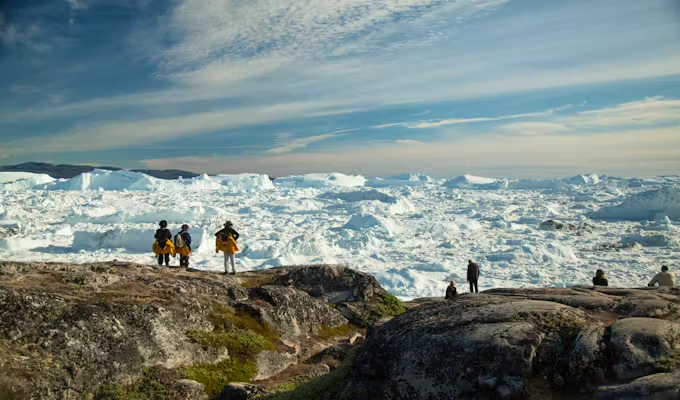
Spending time exploring Canada’s historic Northwest Passage and West Greenland, we like this voyage’s balance and variety as much as exploring little visited spots such as Thule, one of the northernmost towns in the world, and Smith Sound. Big ice,…
The Northwest Passage is the sea route across the northern Canadian Archipelago joining the Pacific Ocean and the North Atlantic. For centuries European explorers had sought a way through the ice in search of a shorter route to the East. Many lives were sacrificed in the search until Roald Amundsen succeeded between 1903-1906 on board the Gjoa.
The shrinking of the Arctic sea ice and advances in modern vessels has made the route increasingly accessible. Alongside the expedition ships carrying adventurers are a handful of commercial vessels cutting 2,500 miles off their journey, saving precious time and fuel, and serving the remote communities dotted through the region.
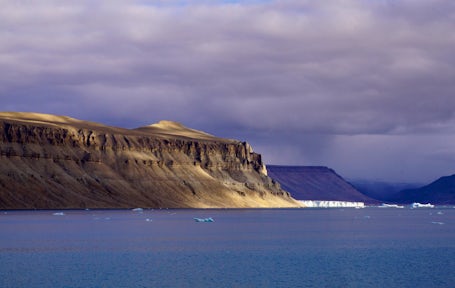
Evidence suggests that humans first entered this region some 12,000 years ago, following big game across a land bridge that has now become the Bering Strait. The first archaeological remains of an established culture appeared 5,000 years ago with the Paleoeskimos, followed by the Dorset culture 2,500 years later who developed marine hunting techniques. Between 1,200 and 500 years ago the Thule began to build whalebone and sod houses, the remains of which you can still see today.
The Thule period also saw the first impact of an alien culture on the region. As the Vikings expanded their territory, artefacts suggest trade links were soon established with the Norsemen who settled in Greenland.
More recently the Northwest Passage became infamous as explorers tried and failed for centuries to find a way through the ice. To read more follow the link to our history page.

The waterways and islands of the Northwest Passage are home to the famous Arctic Big 5 - polar bear, musk ox, walrus, narwhal and beluga whales - alongside reindeer (caribou), seal, arctic fox and lemmings. In addition, the summer sees an influx of migratory visitors who are making the most of the short breeding season.
Lancaster Sound is a wildlife superhighway for many marine and terrestrial species, forming one of the most unique ecosystems in the world. In August 2017, a momentous step was taken to protect it with the formation of a national marine conservation area twice the size of Nova Scotia.

Bears on ice in Lancaster Sound
The landscape surrounding the Northwest Passage consists almost entirely of low lying islands covered in tundra. There are no trees, just dwarf shrubs, forbs and sedges, as well as grasses. The number of plant species decreases in number and height the further north you go.
The land is bisected by a vast labyrinth of winding waterways, some of which are large enough to qualify as seas. There are 94 major islands (Baffin Island, the biggest, is larger than the UK) and 36,469 minor islands. With just a few isolated settlements such as Pond Inlet, Kuglutuk, Kugaaruk, Cambridge Bay, Resolute and Gjoa Haven the population totals just 36,000 people scattered over an area almost the size of Mexico.

Explore abandoned outposts
It can be very cold here. The little community of Resolute on Cornwallis Island is one of the coldest inhabited places on earth - the average annual temperature is −15.7 °C (3.7 °F). The daily mean temperatures in late summer however are more bearable: August is 2.0 °C (35.6 °F) and September – 4.1 °C (24.6 °F).
The climate is also very dry, with average precipitation of just 161.2 mm (6.35 in) a year. Most of this falls as snow from August to September – the two months when most expedition cruise ships visit.

Zodiac excursion
While the stories of the early explorers evoke images of a bygone era of heroism and hardship, the background to the development of the Northwest Passage is slightly more mundane. The classic route for ships around Cape Horn was not only notoriously dangerous, it was also long, and that was costly. Finding a way through the northern ice would save time, cargo, lives and money. It wasn’t easy though, and the opening of the Suez Canal in 1869 and the Panama Canal in 1914 took the edge off the need for the Northwest Passage. For years the only commercial activity involved companies like the Hudson Bay Trading Company; you can still see a few of their abandoned trading posts dotted through the region.
In recent years the receding ice has regenerated interest as commercial opportunity knocks again. With rich oil, gas and mineral deposits discovered in the Northern Territories of Canada, this interest is likely to intensify in coming years.

An abandoned trading post at Fort Ross
Due to ice conditions it’s only a short summer visitor season, with the expedition ships only operating in August and September. See more about the best time to go.
In the absence of any hotels or infrastructure outside the handful and very isolated communities, the best way to explore is on board an expedition ship. Your ship operates as both your floating hotel, mode of transportation and basecamp for daily off ship excursions. Find out more about getting to the Northwest Passage.
Charter and infrequent scheduled flights from Canadian gateway cities (Edmonton, Ottawa, Toronto) provide access to the scattered communities (Resolute, Cambridge Bay, Coppermine & Gjoa Haven), where expedition cruises start/finish. See more.

Exploring the Arctic on board an expedition vessel is a fully immersive and educational experience of which the daily landings are a key component. From the thrill of encountering …
Discover More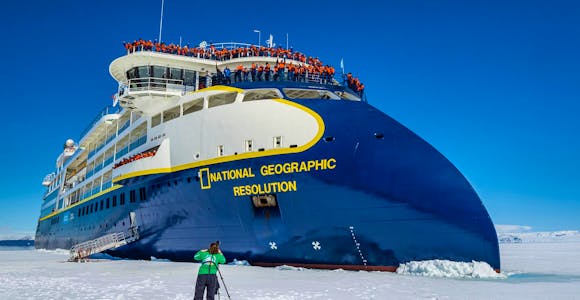
Sailing on an expedition ship gives you unparalleled access to the remote coastlines, icy channels and colourful, scattered communities of the Northwest Passage. Whether …
Discover More
The Northwest Passage may well be known by it's dramatic history; but it's waterways and islands are also home to all of the 'Arctic Big Five'. You'll have the chance to see polar …
Discover More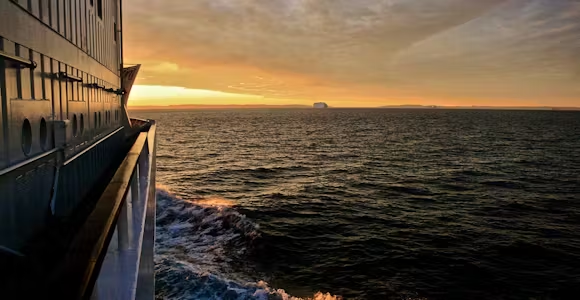
This labyrinthine waterway was long sought by early adventurers as a sea route linking the Northern Atlantic and Pacific Oceans. Canada's Arctic archipelago is therefore no …
Discover MoreThe Arctic is so vast and diverse that one of the biggest challenges is knowing where to begin. Our exclusive guide will help you get started with your travel plans.
We'll spend some time listening to your aspirations, then discuss the kind of experience that might suit you.
Next we'll discuss the options, shortlist the best trips for you and present you our impartial recommendations.
We'll place a 24 hour hold on your preferred option - without obligation - whilst we talk through the details.
This website uses cookies to ensure you get the best experience on our website. Privacy policy
We don’t charge a commission and there are no hidden fees. Just impartial, expert advice from the leading Polar cruise agent. Schedule a call with our Arctic Experts today.